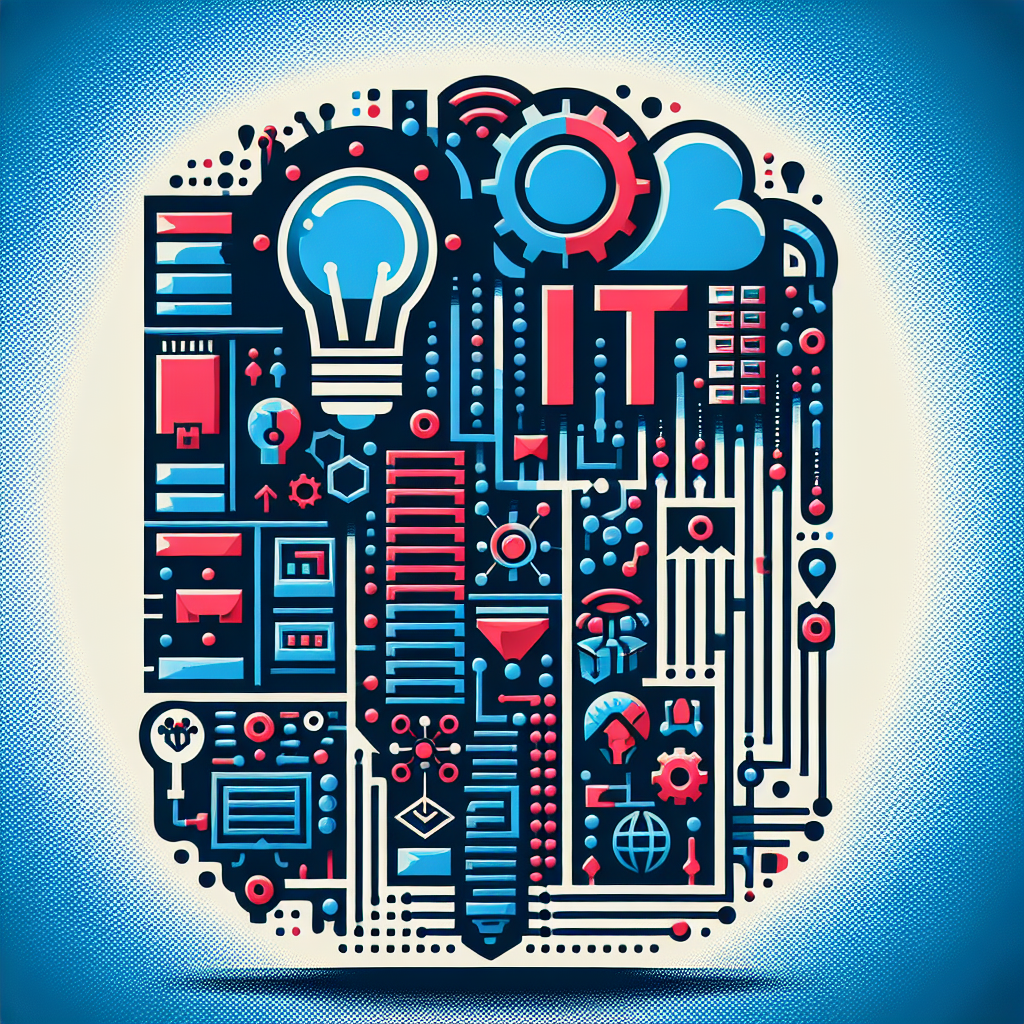Introduction: The Dilemmas Science Addresses
From high school days, many of us have heard: “Humans use only 5–10% of their brains.” This claim—even among the educated—raises questions:
- Are there “locked” brain regions we don’t use?
- Why does the brain, capable of billions of operations per second, consume 20% of the body’s energy while processing just 100–200 conscious bits of information per second?
- How to justify this evolutionary “flaw”—a supercomputer without an adequate power supply?
Scientific answers debunk myths and reveal nature’s genius optimization.
Debunking the “10% Myth”: Why the Brain Is Always 100% Active
Fact: Techniques like functional MRI (fMRI) show all brain regions are active daily, just not simultaneously. The energy paradox (2% body mass ↔ 20% energy) is explained by:
- Adenosine triphosphate (ATP)—the energy-storage molecule—is consumed massively: A single neural signal can burn 1 million ATP molecules to:
- Maintain electrochemical gradients (Na⁺/K⁺ pumps),
- Synthesize neurotransmitters.
- Energy-saving mechanisms:
- Reduced synchronized activity: Mass neuron firing would trigger epileptic seizures and massive energy waste.
- Sparse coding: Few neurons activate for specific stimuli (e.g., recognizing a familiar face).
- Default mode network (DMN): Even at rest, the brain uses 60–80% energy to sustain “standby” networks (planning, introspection).
Key insight: The brain isn’t “underused”—it’s perpetually active but selective.
Why the Gap Between Neural and Conscious Processing?
Data: Unconscious processes handle billions of bits per second, while conscious awareness (working memory) holds just 7±2 items (Miller’s Law). Evolution explains this:
- Survival filters:
- The thalamus and reticular formation only admit critical signals (sudden movement, loud noises).
- This prevents cortical overload.
- Energy efficiency:
- Conscious processing requires synchronization across cortical regions (via gamma waves, ~40 Hz), an energy-intensive process.
- Global Workspace Theory (Stanislas Dehaene):
- Information becomes conscious only when it ignites a brain-wide neural network—demanding time and energy.
Example: While cycling, your cortex is free for conversation—automated skills “live” in subconscious structures (basal ganglia, cerebellum).
What Is the “Unused” Capacity For? Neuroplasticity and Reserves
So-called “inactive” zones actually serve as:
- Neuroplasticity reserves:
- Learning a language or instrument activates previously “silent” areas (e.g., London taxi drivers’ enlarged hippocampi).
- After brain damage (e.g., stroke), these zones compensate for lost functions.
- Energy reserves:
- During intense cognition (chess, math), local blood flow can surge by 50%.
- Subconscious intelligence:
- Creativity and intuition emerge when unconscious networks integrate data (University of Vienna, 2023).
Conclusion: Perfect Balance, Not an Evolutionary Flaw
The brain isn’t “energetically irrational”—it’s masterfully optimized:
- 🔋 Energy efficiency > mass activation,
- 🛡️ Consciousness limitation prevents overload,
- 🌱 Excess capacity enables adaptation.
As Nikola Tesla noted: “Nature is infinitely more perfect in its simplicity than man in his complexity.”


Leave a Reply to football live Qatar Cancel reply